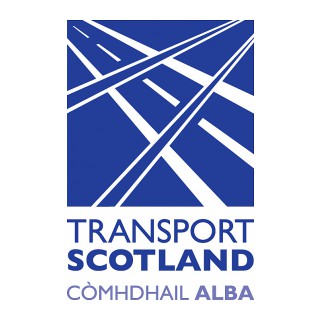The Employer’s Information Requirements (EIR) form part of the appointment and tender documents on a BIM Project to enable suppliers to produce their initial BIM Execution Plan (BEP). The document is created early as possible (pre-appointment or pre-contract document and before the appointment of design or construction suppliers) either in-house by the Employer or is often the case by their professional advisors (it is essential that the advisor has experience in the creation of EIR documents).
The EIR defines what the employer wants to get out of the project information modelmodels at the end and at each stage. For example, if an employer wants their Facilities Management (FM) team to implement a variable maintenance schedule, this needs to be set out in the EIR so the project team knows they must enter full product specification details into the model. Essentially the EIR establishes
- Who is sharing the information? – outline responsibility matrix
- What Information is needed – Detailed Information Requirements
- When information is needed by? Project milestones
- Why the information is needed? Defined information purpose
It is important to note that regardless of BIM maturity, both BIM Level 1 and Level 2 need clearly defined information requirements. The approach should be one of proportionality, while a Level 1 EIR will focus on CAD deliverables, a Level 2 EIR will focus on model centric deliverables.
Information Requirements determined in the Customer Information Model need to be defined as part of the Employer’s Requirements. This is often as an information delivery plan within the appendicies. The EIR defines which data, information and models need to be produced at each project stage – together with the required level of definition and their purpose. These models are key deliverables in the information exchanges helping facilitate effective decision making at key stages of the project. Employer’s information requirements usually include:
- Standard methods and procedures providing clarity on information formats and naming conventions and guidance on how to supply information.
- Prescribe the standards and processes that suppliers need to adopt as part of their contract or appointment
- Information-related roles and responsibilities giving a clear definition of information-related roles and what is expected from them.
- An information delivery plan or information schedule identifying which information deliverables should be delivered, by whom and when.
The content of the EIR covers three main areas:
Technical – details of software platforms, definitions of levels of detail etc.
Management – details of management processes to be adopted in connection with BIM on a project
Commercial – details of BIM deliverables, timing of information exchanges and definitions of information purposes.
Typical EIR Contents
The table below sets out the typical contents of an EIR (as defined by the UK BIM Task Group template) under the three main areas.
| Technical | Management | Commercial |
|---|---|---|
|
|
|






